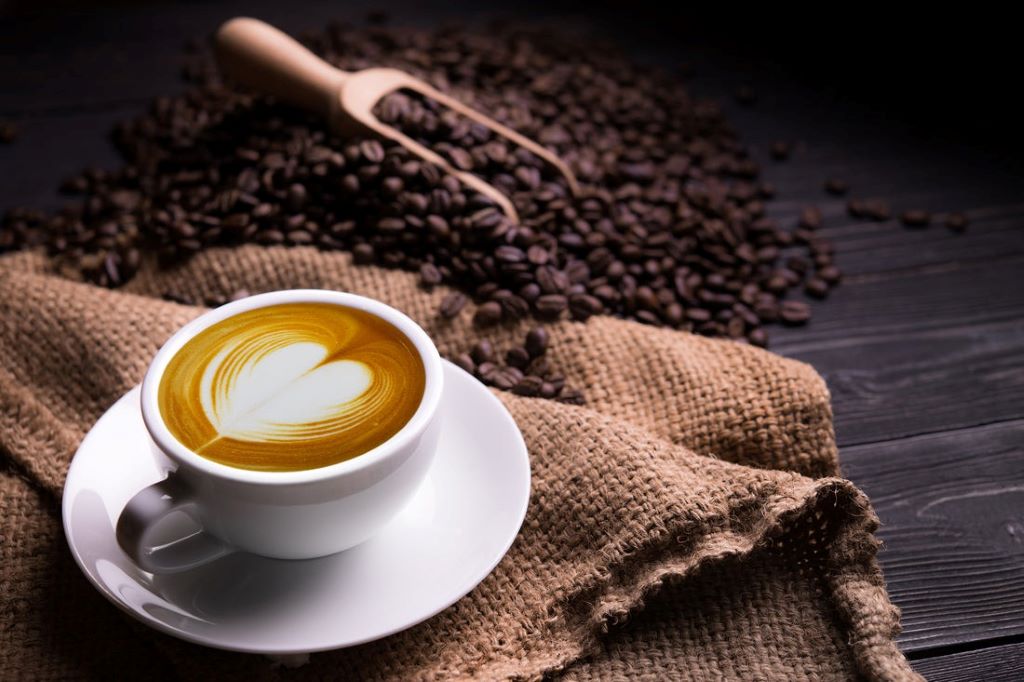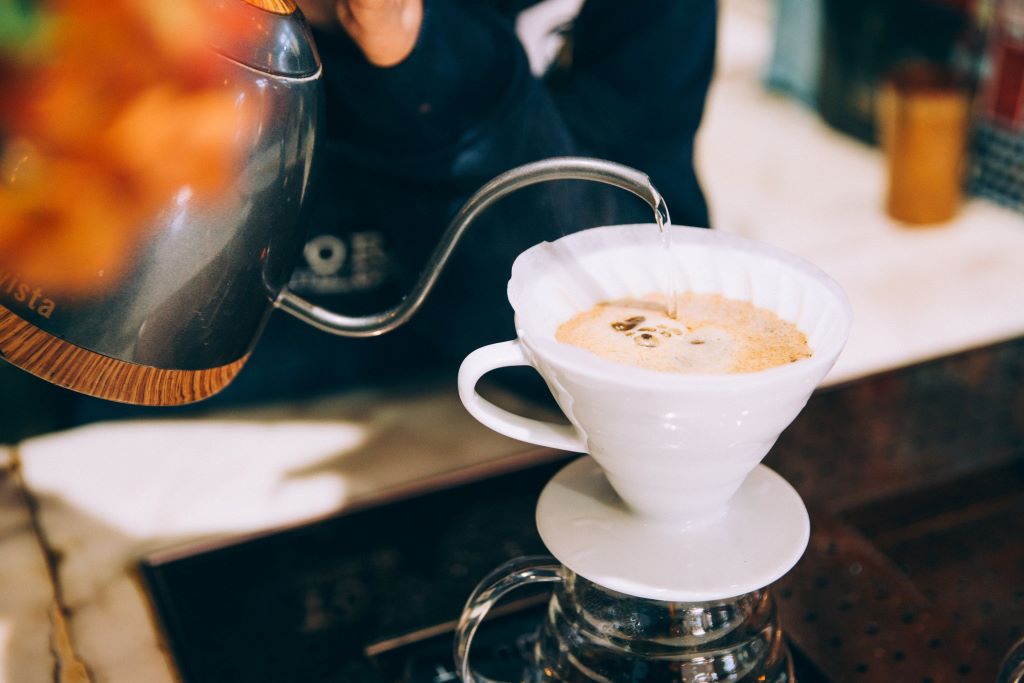
Brewing coffee at home is no longer just a morning ritual—it’s a craft. With so many techniques and tools available, coffee lovers can tailor their experience and flavor to perfection. Whether you’re chasing the boldness of espresso or the smoothness of cold brew, understanding the different methods of brewing coffee at home helps unlock the best in every bean.
Why Brew Coffee at Home?
According to the National Coffee Association, over 85% of Americans brew coffee at home daily. The reasons are clear—convenience, cost-effectiveness, and control over taste. You can adjust everything from grind size to water temperature. In comparison, café coffee can cost $3 to $6 per cup, while home-brewed coffee averages $0.30 per cup, according to Perfect Brew.
However, it’s not just about saving money. Brewing at home lets you explore your preferences and create coffee that’s uniquely yours. Let’s dive into the top methods you can experiment with and perfect over time.
1. Drip Coffee Maker – Classic and Convenient
This is the most common method found in American households. Drip coffee makers use gravity to pull hot water through ground coffee in a paper or metal filter.
-
Best For: Busy mornings and larger quantities.
-
Taste: Mellow, balanced, and familiar.
While some coffee enthusiasts dismiss drip machines as basic, models like the Technivorm Moccamaster or Bonavita Connoisseur rival specialty brews. Consistency and ease make this a household staple, though it may lack complexity compared to manual methods.
Expert Tip:
Use filtered water and medium-coarse grinds. Clean your machine monthly to prevent bitter notes.
2. French Press – Bold and Full-Bodied
Also known as a press pot, the French press uses immersion brewing. You steep coarse coffee grounds in hot water, then press down a metal filter.
-
Best For: Rich, oily coffee lovers.
-
Taste: Heavier, with a robust mouthfeel and deep flavor.
Many argue this method provides a more “honest” cup of coffee. Since no paper filter is used, essential oils remain in the brew, enhancing flavor depth.
Expert Tip:
Steep for exactly four minutes. Use a 1:15 coffee-to-water ratio for ideal strength.

3. Pour-Over – Precise and Flavorful
The pour-over method, with tools like the Hario V60 or Chemex, has surged in popularity for its precision and clarity.
-
Best For: Coffee purists and weekend brewers.
-
Taste: Clean, bright, and nuanced.
The key to a successful pour-over lies in the technique—slow, circular pouring, even saturation, and timing. This method brings out subtle tasting notes that drip machines may mask.
Expert Tip:
Use a gooseneck kettle for control and freshly ground coffee. Pre-wet the filter to eliminate paper taste.
4. AeroPress – Portable and Powerful
Invented in 2005, the AeroPress is a favorite for travelers and single-cup drinkers. It combines immersion and pressure for a unique hybrid method.
-
Best For: On-the-go brewing and experimentation.
-
Taste: Smooth, slightly concentrated, low in acidity.
Compared to espresso machines, it’s inexpensive and easy to clean. You can brew hot or cold, and the AeroPress has even inspired international competitions.
Expert Tip:
Use inverted brewing for better extraction. Try different grind sizes to experiment with flavor.
5. Espresso Machine – Strong and Sophisticated
Espresso is a concentrated shot of coffee made by forcing pressurized water through fine grounds. A high-quality machine like the Breville Barista Express delivers café-quality results.
-
Best For: Intense flavor seekers and latte artists.
-
Taste: Bold, rich, and complex.
Espresso machines require investment and skill, but the payoff is immense. You can make everything from cappuccinos to Americanos.
Expert Tip:
Always dial in your grind size. A shot pulled too quickly or slowly affects taste dramatically.
6. Cold Brew – Smooth and Refreshing
Cold brew involves steeping coarsely ground coffee in cold water for 12–24 hours. The result is a smooth, low-acid beverage perfect for warm days.
-
Best For: Iced coffee fans and those sensitive to acidity.
-
Taste: Smooth, chocolatey, and mellow.
It’s also versatile—you can drink it straight, diluted, or mixed with milk and syrups.
Expert Tip:
Use a 1:4 coffee-to-water ratio. Store in the fridge for up to two weeks without flavor loss.
7. Moka Pot – Old-World Charm and Intensity
The stovetop Moka pot, also called a “stovetop espresso maker,” delivers a strong, espresso-like brew using steam pressure.
-
Best For: Fans of rich European-style coffee.
-
Taste: Thick, slightly bitter, and strong.
Popular in Italy and Latin America, this method is durable and affordable.
Expert Tip:
Use medium-fine grounds. Don’t overheat—remove from the stove as soon as it starts gurgling.
Featured Snippet: What Is the Best Method for Brewing Coffee at Home?
What’s the best coffee brewing method at home?
There’s no single best method—it depends on taste preferences and lifestyle. For ease and speed, drip coffee makers shine. Those wanting a full-bodied brew love the French press. Flavor purists often choose the pour-over, while espresso fans invest in machines for café-style drinks. For summer sipping, cold brew wins for its smoothness and longevity. Each method has its pros, and trying a few helps identify your ideal cup.
Expert Tips for Brewing Better Coffee at Home
-
Use Freshly Ground Beans: Grind your beans just before brewing for maximum flavor and aroma.
-
Mind Your Water: Filtered water at 195–205°F brings out the best in coffee.
-
Invest in a Digital Scale: Accurate measurements mean consistent quality.
-
Store Beans Properly: Keep them in an airtight container away from light and heat.
FAQs
1. What’s the healthiest method of brewing coffee?
Studies suggest paper-filtered methods like pour-over reduce diterpenes, compounds that may raise cholesterol.
2. Can I use the same coffee for every method?
Not ideally. Grind size and roast level affect flavor across brewing methods.
3. Which method is best for beginners?
A French press is easy, affordable, and forgiving for first-timers.
4. Does brewing time affect caffeine content?
Yes. Longer extraction times usually result in more caffeine, as seen in cold brew.
5. Is cold brew stronger than hot brew?
It can be. Cold brew concentrates are often diluted before drinking, but the caffeine per ounce is high.
6. How do I clean my coffee equipment?
Use a vinegar-water solution monthly to descale machines and remove oil buildup.
7. What’s the difference between espresso and Moka pot coffee?
Espresso uses 9 bars of pressure, while a Moka pot uses steam. Espresso is smoother and less bitter.
Final Thought
Exploring the different methods of brewing coffee at home is more than a morning habit—it’s a rewarding journey. Each method offers a new way to enjoy your beans and express your taste. Whether you’re a beginner with a drip machine or an enthusiast dialing in espresso shots, the right brew method can turn every cup into an experience. So go ahead—experiment, refine, and savor the process. Your perfect coffee ritual awaits.
Read More: What is Canary Seed Used For?
